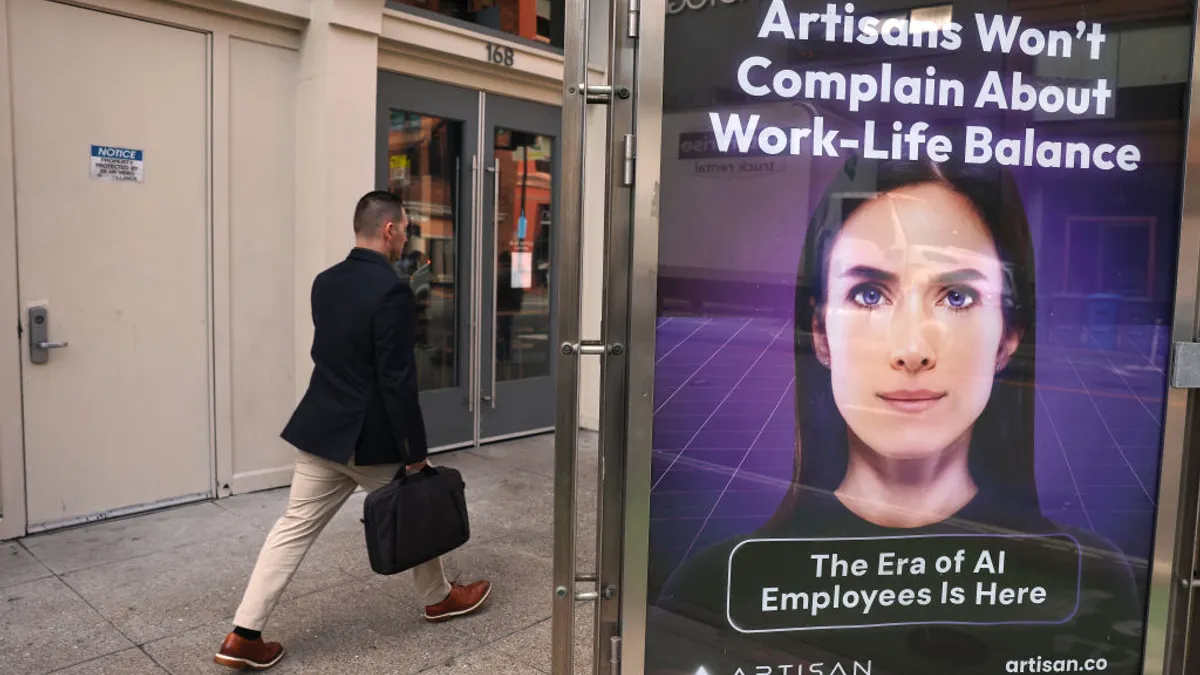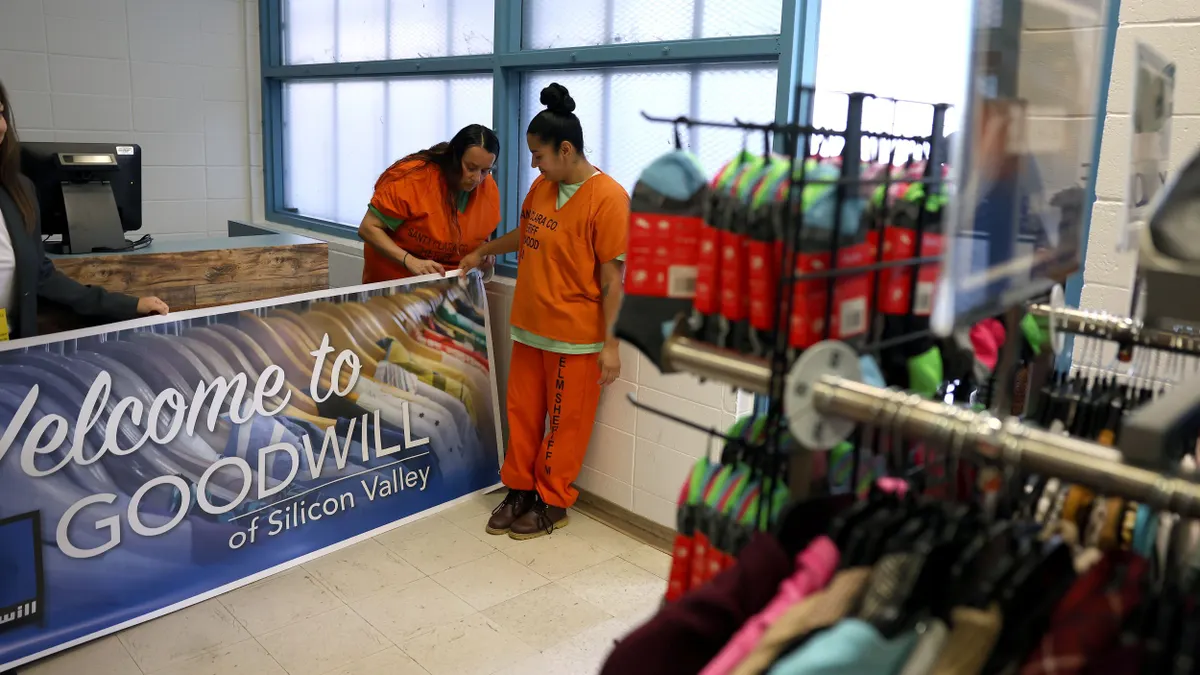Attracting the most talented job candidates is challenging enough. Watching them leave after only a year or two on the job can be a costly disappointment for employers.
This scene plays out more often today than in the past. One in three hires leaves a job within two years, a survey by the global advisory and solutions firm, Willis Tower Watson reveals. Frequent turnover in less than two years ramps up pressure on employers to find replacements and absorb recruiting costs.
Who’s leaving and why?
Millennials are seen as the most likely employees to leave a company soon after arriving. But people can change jobs at any age, says Rajeev Behera, CEO of Reflektive, a performance management company.
“Stability is not as attractive to [younger employees] as it would be to someone older who might have a family or other reasons to stay put,” says Behera. Millennials today are more likely to change jobs in two years, but that has more to do with where they are in life rather than their generation, he says.
What drives employees of any age to leave within two years? Is it more money, greater recognition, more opportunities for career advancement or general discontent?
Behera rules out money as a reason most people job-hop. He cites discontent about unclear expectations and poor management as typical causes.
Laurie Bienstock, Willis Tower Watson’s global head of talent management, cites ineffective career management as a major cause of turnover among new hires.
“We know from our research and consulting that career management continues to be a top driver of attraction, retention and sustainable engagement for most employees,” Bienstock explains. “However, effective career management at many organizations remains elusive. That’s one of the main reasons so many of today’s employees feel they need to leave to advance their careers.”
Behera agrees. He says employees will look for companies that will invest in their development. A company that lacks career development as its core focus will have a hard time retaining a good new employee, he cautions.
What are the financial and productivity costs?
Large corporations with sizable recruiting budgets might not feel the sting of hiring losses, but statistics from the Small Business Administration, courtesy of the Society for Human Resource Management (SHRM), show that turnover costs for small employers – those with fewer than 1,000 workers – amount to $3,079 a hire.
Current and future turnover present significant risks to productivity, says Bienstock. Employees need five to nine months to reach their full productivity, depending on their duties, she adds. New employees can create a productivity drag for managers and fellow team members, which, she says, adds significantly to the cost of turnover.
Behera calls “job-hopping” a negative-sounding term, but acknowledges that today’s employees aren’t “lifers.” He says the best-case scenario is when employees bring value to a business and the business, in turn, trains them for their next role, whether inside the company or elsewhere.
He adds that recognizing the value of long-term employees and their contributions to the company is just as important. By growing with an organization, long-term workers learn more about their role and their industry, as opposed to workers who leave a company to move up quickly somewhere else and find it didn’t work out, says Behera.
What happened to the stigma of job-hopping?
Recruiters used to view resumes with long lists of short-term jobs with skepticism. Job-hopping spelled instability for employers looking for reliable, dedicated workers. Do employers have some responsibility in the rise in costly job-hopping by overlooking candidates’ length of employment these days?
Behera doesn’t think employers are ignoring long lists of short-term jobs in the interview process, but he doesn’t think job-hopping necessarily makes job candidates undesirable.
Bienstock doesn’t think job-hopping is necessarily a drawback, either.
“It may be time for employers to reconsider the types of workers, length of time workers should stay and what will best drive success for the organization,” she says. “If these expectations don’t change, it may be difficult to find the skills needed to meet business needs.”
What’s techology’s role?
Technology seems to have helped remove the stigma from job-hopping. Bienstock says technology gives both new hires and long-term employees more control over their careers. They can and should be able to search the Internet for new opportunities, assignments and jobs within and outside of their companies, she says.
The results from Willis Towers Watson’s 2016 Global Talent Management and Rewards Survey show that technology allows organizations to deconstruct and disperse work virtually across the globe, reshape the workplace and redefine how work gets done and by whom, says Bienstock. She added that these changes to the evolution of work led up to the “gig economy” and its on-demand jobs opportunities.
Can employers keep talented new hires onboard?
Employers can’t – nor should – keep discontented new hires from leaving. But striving for employee engagement in the interview can help lower turnover.
Behera says employers should clarify expectations for new employees in the interview process and on their first day at work. New hires are more likely to leave when the job they thought they were hired for immediately changes or wasn’t what they expected.
Behera advises employers to make sure managers focus on providing new hires with what they were missing in their previous job. Managers can uncover this information during the job interview. It’s more effective to discuss employees’ career goals up front and create a development plan as part of their employment, he says. That’s a way to show new employees that a company is as invested in them as they are in the company, he adds.



















